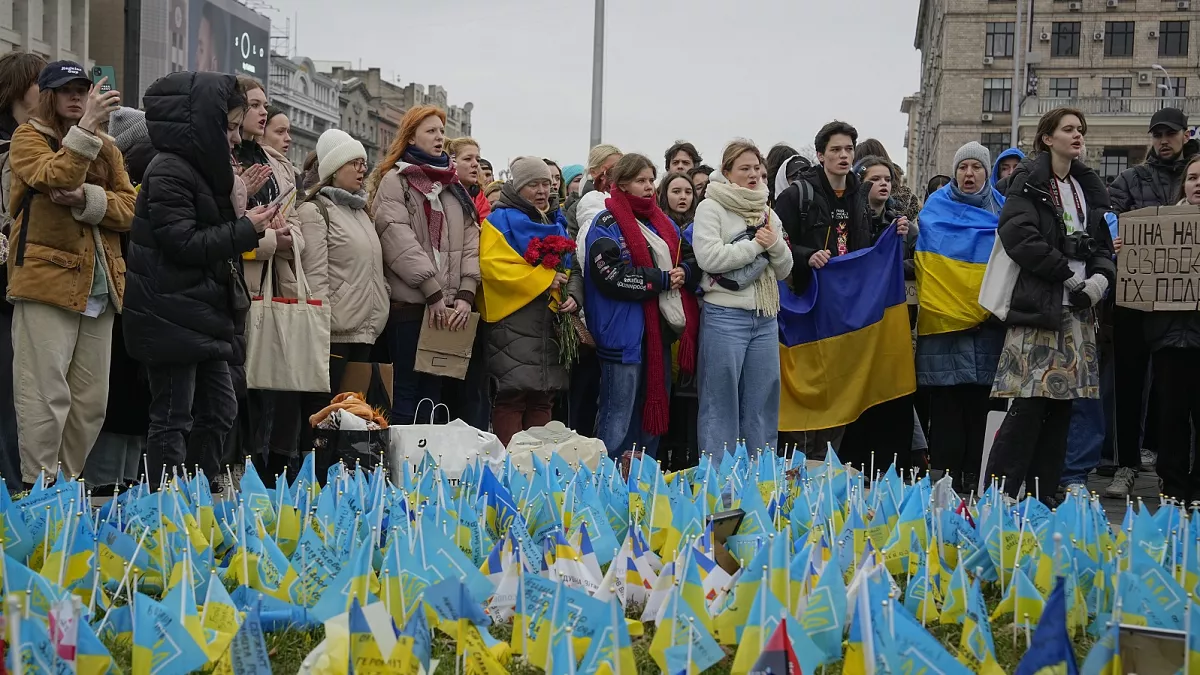Half of surveyed Ukrainians consider that the country is moving towards democratic development, while 41% believe it is heading towards authoritarianism, according to polling data from the Kyiv International Institute of Sociology (KIIS).
The institute noted it lacks comparative data from previous periods, making it impossible to determine whether more or fewer people currently perceive Ukraine’s movement towards democracy or authoritarianism compared to earlier times.
Trust in President Volodymyr Zelenskyy emerged as a key factor dividing public opinion. Among those who do not trust the president, an overwhelming majority view the country as moving towards authoritarianism – 82% among those who completely distrust him and 84% among those who rather distrust him.
The pattern reverses among Zelenskyy supporters. Those who fully trust the head of state see democratic progress, with 76% saying the country moves towards greater democracy. Among those who rather trust the president, opinions split more evenly: 50% perceive movement towards democracy while 41% see authoritarianism.
KIIS posed an additional open-ended question to respondents who believe Ukraine is moving towards authoritarianism, asking them to explain their reasoning. Their most frequent concerns centered on restrictions of freedom of speech and pressure on media, concentration of power, general dissatisfaction with events and decisions in the country, corruption, and activities of territorial recruitment centers (TCC).
The institute highlighted that only 4% of such respondents mentioned the absence of elections as a concern, while another 4% cited persecution of the opposition. An additional 1% specifically referenced sanctions and persecution of former president Petro Poroshenko.
KIIS conducted the polling from 28 May to 3 June 2025, using telephone interviews. The survey included 1,092 respondents across all regions controlled by Ukraine’s government.
Under normal circumstances, the statistical margin of error for such a sample would not exceed 3.9% for indicators close to 50%, 3.4% for indicators close to 25%, 2.4% for indicators close to 10%, and 1.7% for indicators close to 5%. However, wartime conditions introduce additional systematic deviation, according to KIIS.
Read also:
- Ukraine’s Bobr, Baklan, and Obrii drones struck support center in Russia’s Bryansk Oblast, destroying fuel depots
- Netherlands funds 20 hybrid-powered battlefield vehicles for Ukraine’s wounded soldier rescues
- At NATO summit allies flattered Trump and quietly built defense shield across Europe and Ukraine




